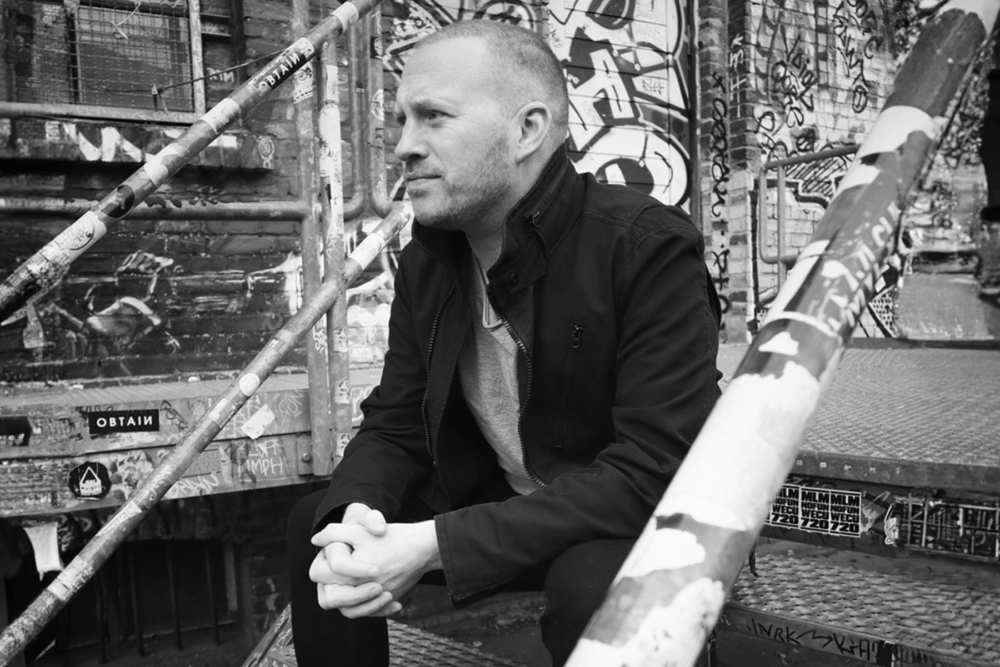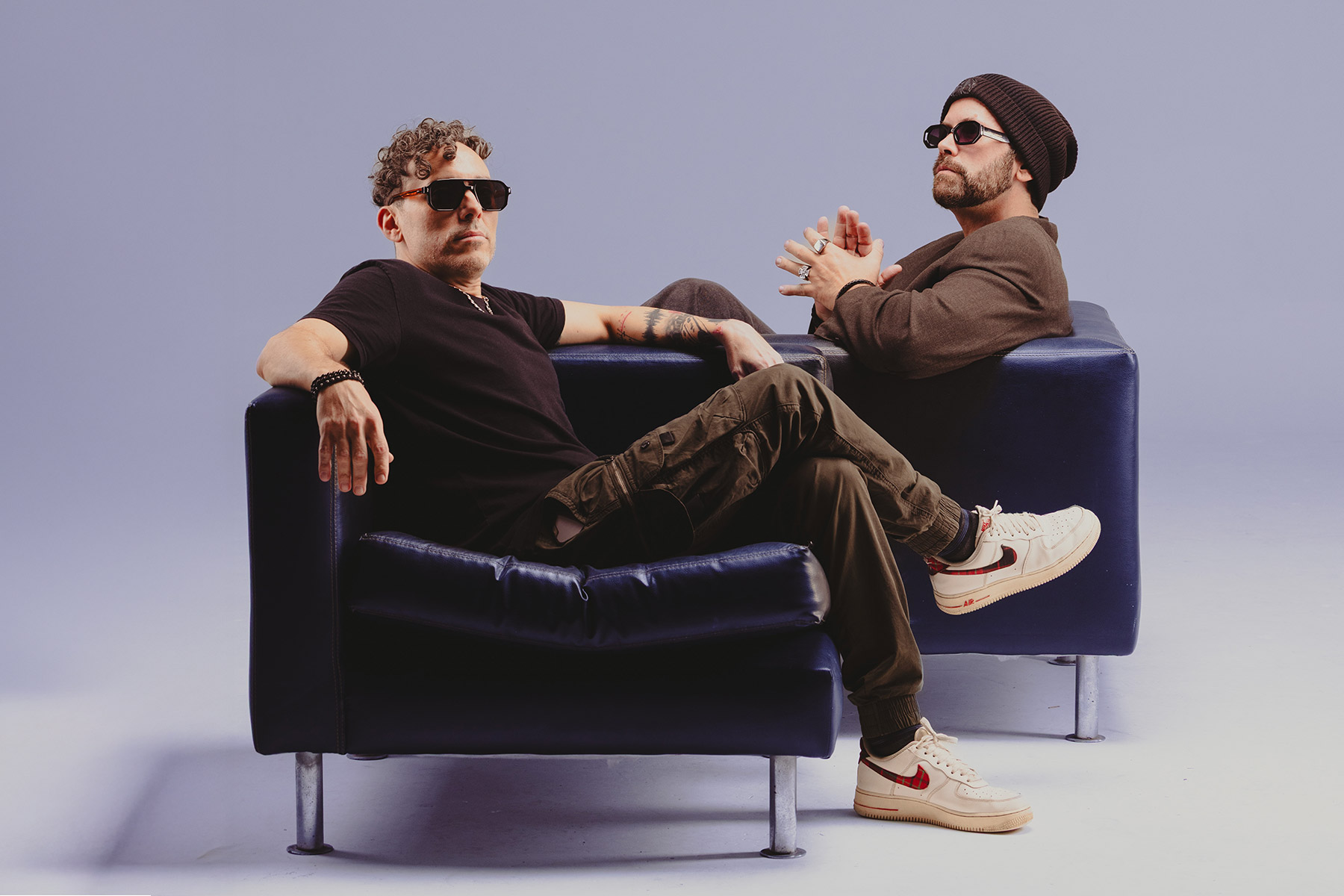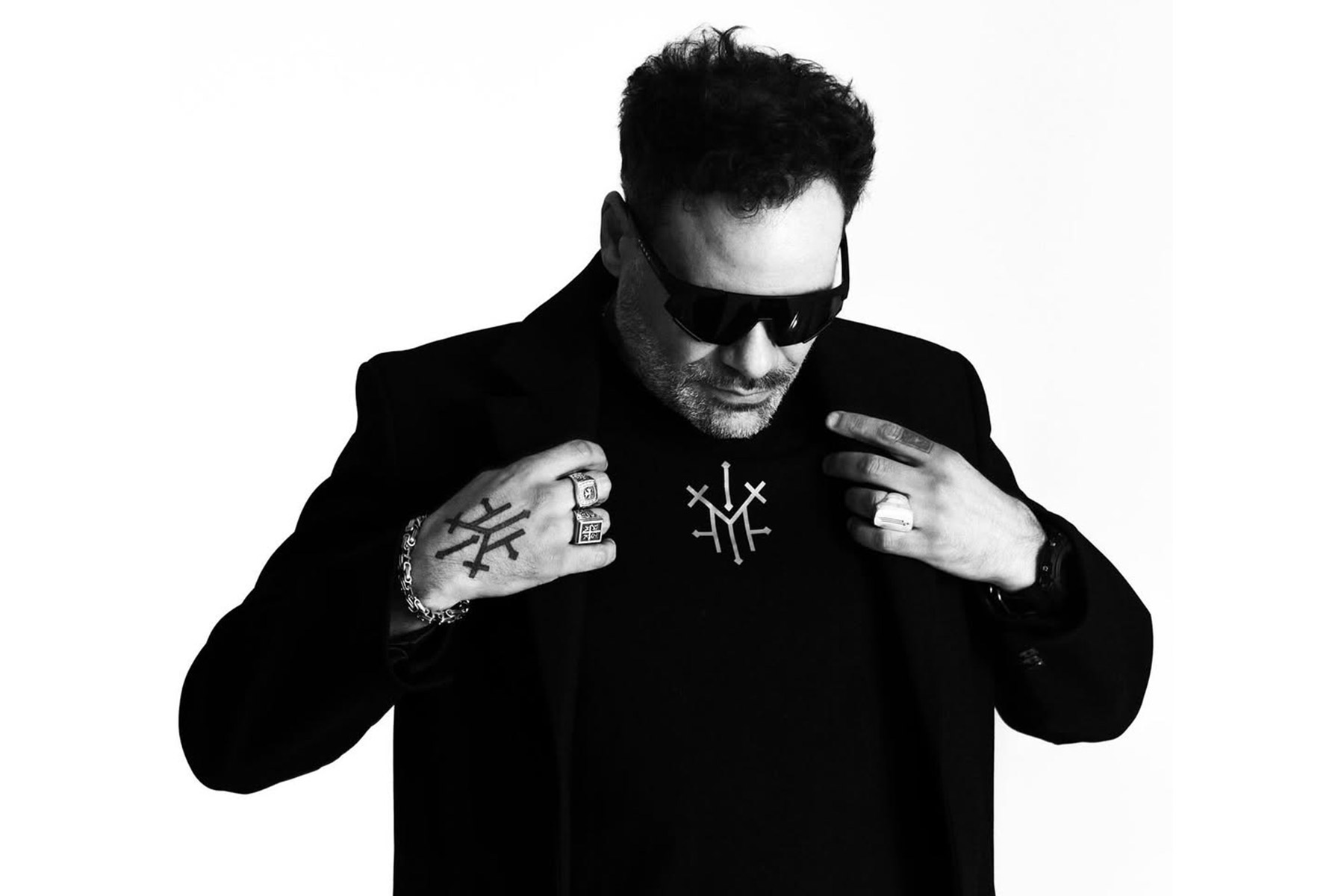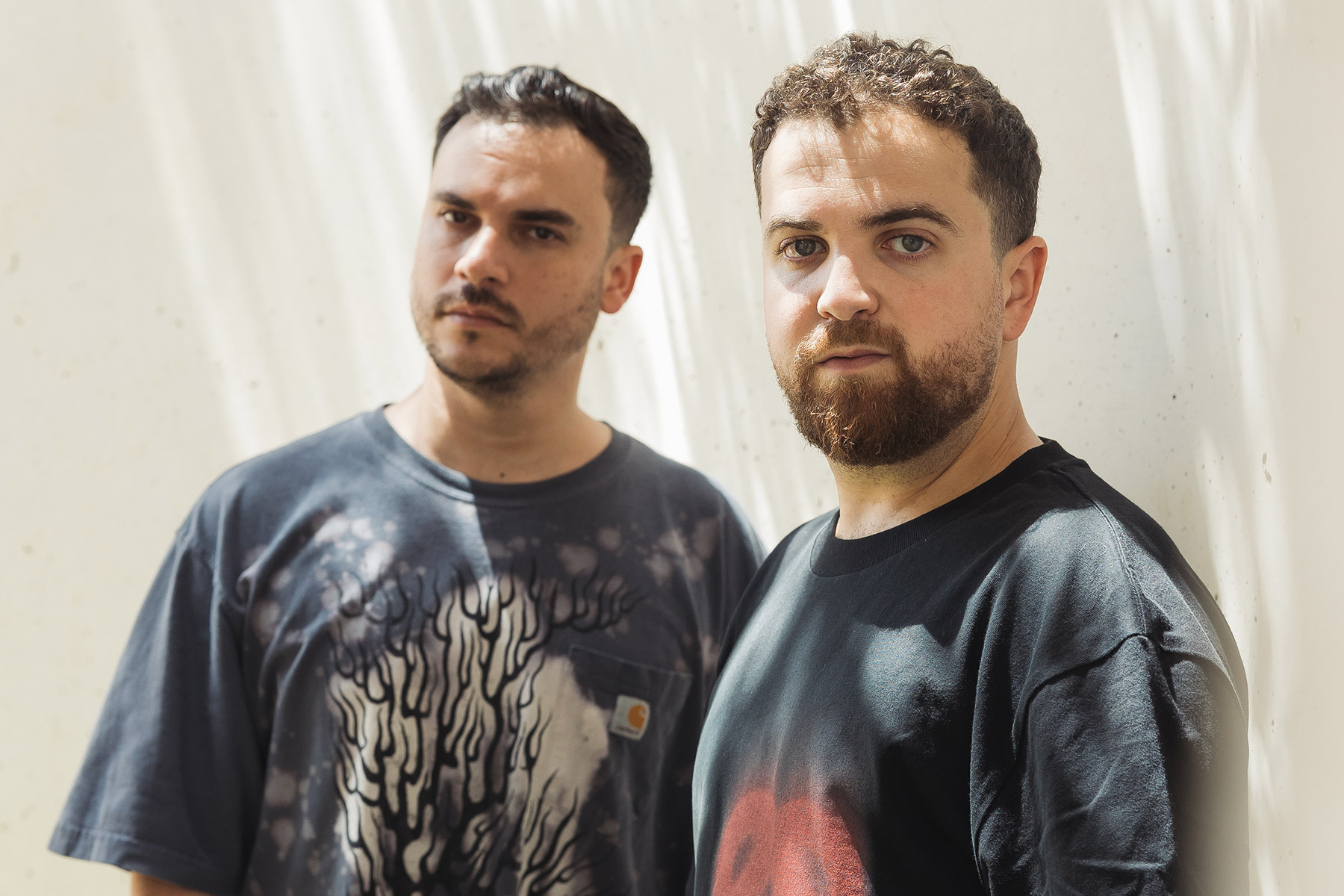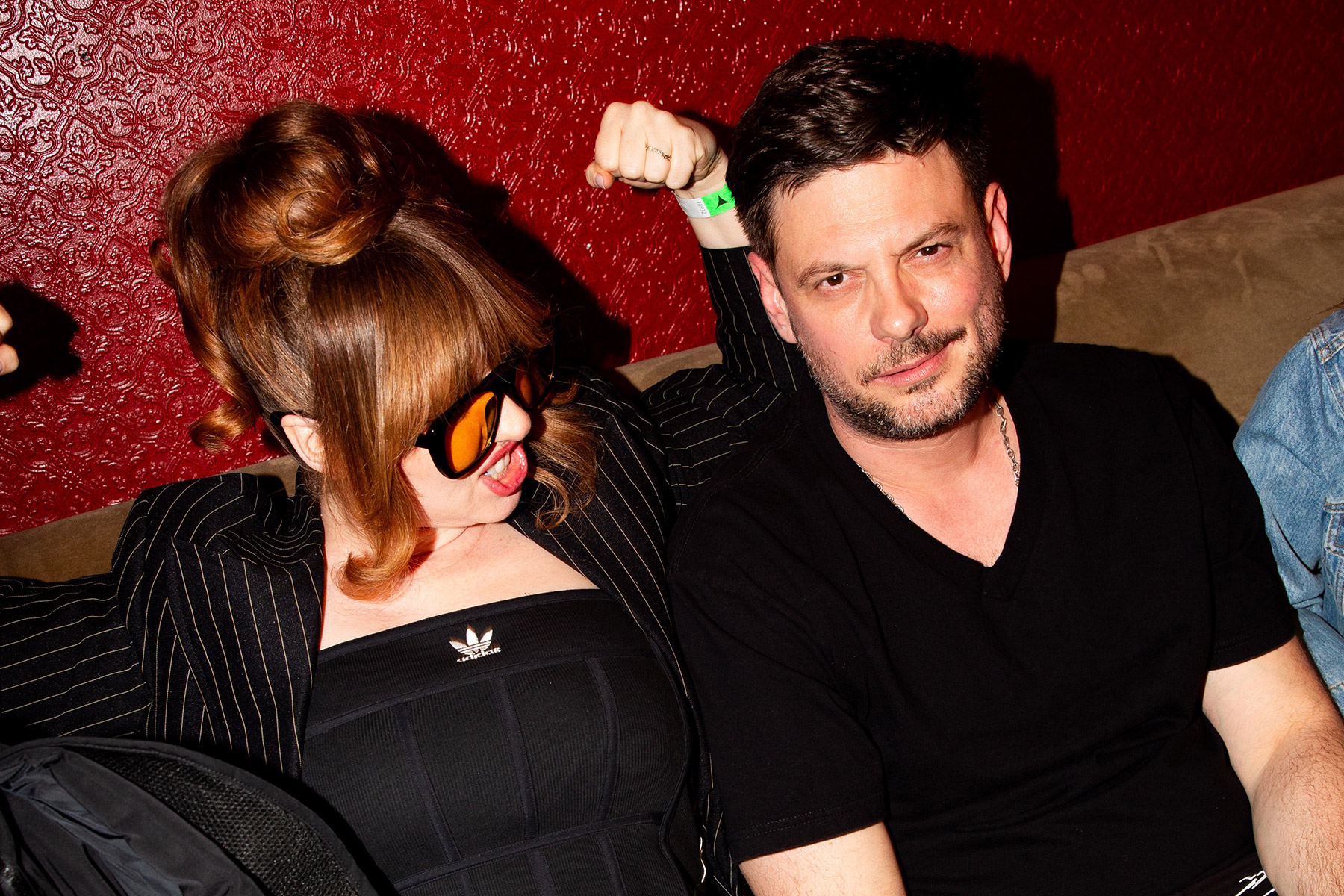Berlin-based Producer and LIVE Artist Hybrasil has been taking the Electronic music scene by storm, demanding attention with his innovative signature sound and unique approach to live performance.
Photo Credit: Hybrasil – Official
His productions blend elements of the techno genre to deliver refreshing listening experiences, presenting sonically futuristic and detailed soundscapes that display his hard-hitting and dynamic production style; his live presence is equally revolutionary, as he presents powerful audio-visual performances, Hybrasil showcases a distinct creative identity.
Fresh from the release of his latest EP, ‘Greystone’, Hybrasil sat down with EG to share an insider’s look into his creative process, taking us on a journey behind the release and delving into the technicalities of the production.
EG: Hi Hybrasil, welcome to EG! Can you walk us through your creative process when working on the tracks for the ‘Greystone’ EP? How did you come up with the ideas and what inspired their sound and style?
Hybrasil: Thanks for the invite. I take a live approach when it comes to composition. I start with the core loop or chorus and work on that until I feel there is something in the track. Once I feel I have something that will work as a record, I will sequence the track live and then do my editing, post-production, and mixing in another studio session.
I like to separate the creative process and the process of mixing and mastering. So, I will usually write between two and four tracks when I’m recording and then do my mixing in another session, moving from the right brain to the left brain.
EG: What techniques or tools did you utilize to achieve the dynamic and powerful beats that define the EP? Were there any particular drum machines or software that played a significant role in shaping the percussion?
Hybrasil: I’ve recorded a lot of my drum machines such as the Roland TR-909 or Korg Electribe ESX-1 and created my own loops and samples, which is where I sometimes start. Other times I might get a sample pack, load it into a sampler like the Elektron Octatrack and build my drum kit around one pack. It depends on what I am hearing at any given time in the studio and what direction I am moving in. Greystone EP was a combination of those two processes.
EG: The EP showcases an intriguing blend of atmospheric elements and hard-hitting rhythms. How did you go about creating and balancing these contrasting elements to achieve the desired sonic impact?
Hybrasil: Everything is about balance. You need power in your low end and rhythm to drive the dance floor, you need a hook to capture people’s imagination and you need atmospheric or ambient elements to create interest and fill in the gaps. These are all interconnected so for me it’s very much a case of building a track from the ground up and sculpting a track into what I am hearing or visualizing in my mind’s eye. This is the ethos of my Elevator Program platform and how I help artists learn music production and improve their creative process.
EG: Can you tell us about the sound design process behind the industrial pads and intense synth lines featured in tracks like ‘Konkrete’? What methods did you employ to achieve their driving and energetic vibe?
Hybrasil: I really love this record and it’s the product of a lot of experimentation. In terms of process, it’s a combination of synthesis, rhythm, and effects. Synthesizing the initial synth patch through additive synthesis, programming it rhythmically, and then adding delay and reverb using an MS (millisecond) to BPM calculator. The synth hook drives the record from the word go, sometimes this can come together really quickly, other times the synthesis process can take some time and experimentation.
“I really love this record and it’s the product of a lot of experimentation”
EG: The EP demonstrates a mastery of sonic textures and layering. How did you approach creating and manipulating these textures to enhance the listening experience? Are there any specific effects or processing techniques you employed?
Hybrasil: It starts with the core elements, your drums, percussion, bass, and synth lines. Your track needs to be balanced in terms of frequency, rhythm, and overall drive. Once these elements are in balance and complement each other, it comes down to the process of post-production and mixing. If you don’t get the essentials right, there are no tricks that will fill the gaps. Your composition needs to sound full from the beginning, the first step to that is getting the balance right, that goes for mixing too, then sculpting an ambient field upon which the track sits. This is done through a combination of effects, usually delays and reverbs.
EG: In ‘Greystone’ you implement a unique sequenced synth line throughout the track, can you take us on a journey and explain how you created this from start to finish?
Hybrasil: I write every track the same way. I start with the core loop or hook; I don’t go anywhere until that sounds like a record I would buy in a record shop. I ask the question, does this sound interesting? Is it something I’d pick up in Hardwax? If I have that feeling, I compose the track live. I do this all in one studio session because you have to capture what you are feeling at that moment. If you start a loop and put off recording a sequence or arrangement until another day, you essentially lose that feeling or the thing that you intuitively felt while working on the original idea. It’s a fluid process from idea creation to composition, you can always edit and mix another day.
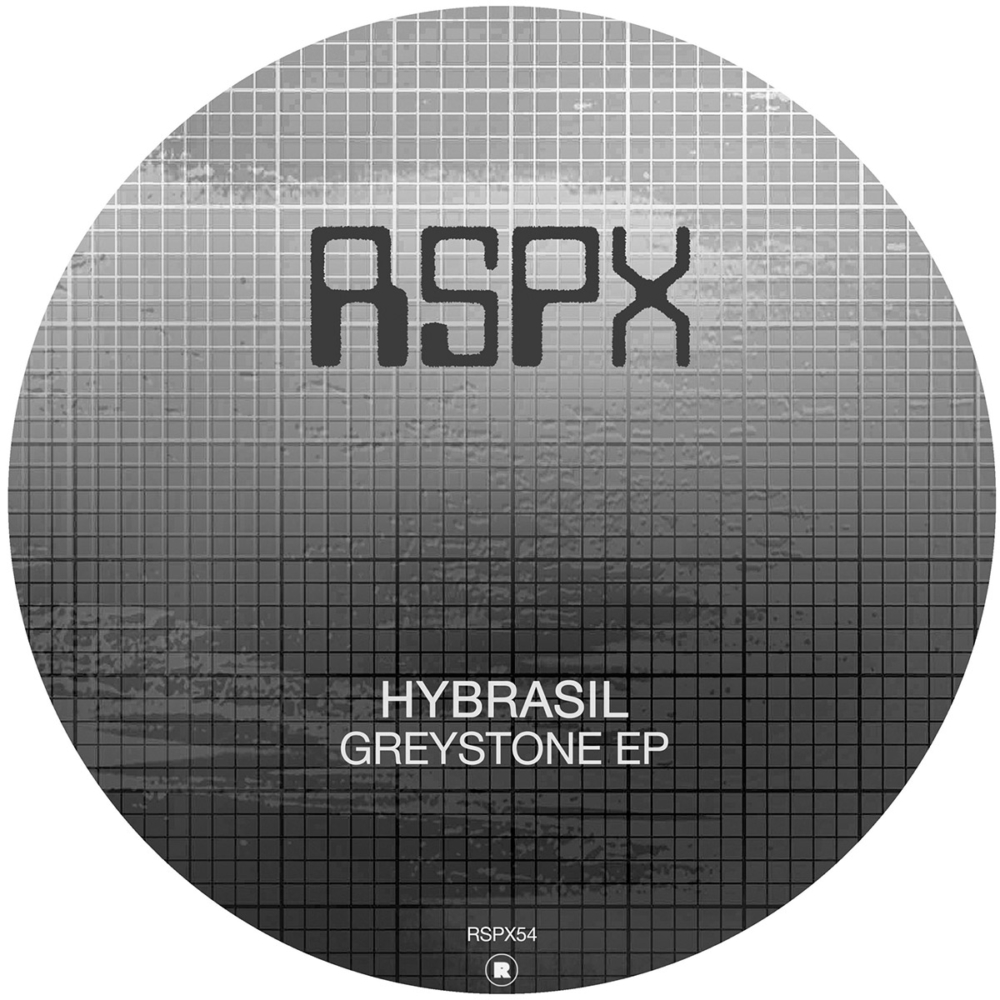
EG: Which resources are you utilizing to create your raw techno drum sounds and what steps do you follow to achieve that specific tone?
Hybrasil: There are no magic tools so to speak. I do most of my preproduction using in-the-box tools in Ableton or Bitwig. For example, I will use the native EQs, compressors, and Saturators. On a side note, I am really loving Bitwig at the moment. Production is really about understanding how frequency works and how elements within a track interact with each other. Just as in the universe, you need balance. Too much emphasis is placed on quick results in our society, where really sustained growth is through personal development and continuous learning. When you learn the basic techniques such as EQ and compression, you will in time learn how to harness that process to create something that is authentic to you. It all comes down to the commitment to learning the craft of making records. There is always a software company telling you that their solution is the one that will make you a better Producer when it really comes down to learning the fundamentals first. For example, AI is not going to help you express yourself, it might generate something that sounds ok, generic but ok, but you will not learn how to express yourself as an artist by taking shortcuts. Greatness takes time and effort, there is no substitute.
EG: The kick and bass relationship within ‘Cernunnos’ is so clean yet still has that grit and boom for a perfect Techno feel, what plugins and processes do you use to go about shaping your low-end elements?
Hybrasil: The Ableton EQ, Compressor, and Saturator plugins are where a lot of my low-end production begins. It really comes down to sculpting analogue recordings or samples in a way that is in balance and complements each other. If you understand frequency, you will harness EQ to shape and bend elements to your will. If you understand compression, you will harness dynamics and if you use saturation you will add drive or punch.
“There is a fine line between using saturation in an effective way and just annihilating a sample with distortion presets”
EG: The kick drum in ‘Eriu’ has a satisfying distortion and warmth to it that makes it really cut through the mix. How do you use your saturation and distortion plugins on this element to make it sound perfect and not blown out, which is a common mistake among producers?
Hybrasil: There is a fine line between using saturation in an effective way and just annihilating a sample with distortion presets. It really comes down to sculpting the sound before it hits a saturation or distortion plugin. Then using that in a way that enhances the sound as opposed to overcooking it. Sometimes I will use phases of saturation, using two saturators, so that the workload is spread out and you get a smoother but punchy sound.
EG: The EP heavily focuses on the implementation of repetitive and catchy synth sequences that progress throughout the tracks. How do you create so much depth and variation on an element that is so simple? We would love to hear what goes into your thought process on this.
Hybrasil: It all comes back to that original idea. For the longest time, I really struggled with synthesis and synth programming. This is something I set out to learn on a deeper level and experiment with different forms of synthesis and rhythm programming. I sometimes move from FM to Wavetable to Additive Synthesis. It really comes down to your original patch and how you program that. Even working with different flavors of rhythmic swing in a track is important. Once you get the sound and the rhythm sounding interesting it comes down to making that sound interesting over the course of a composition. That can be a combination of modulation, automation, and basic ABAB song structure (Verse Chorus, Verse Chorus).
EG: In terms of arrangement and structure, what considerations did you make to create a sense of momentum and progression throughout the EP? How did you approach building and evolving each track to engage the listener?
Hybrasil: I write the track live without looking at the arrange page. From playing records I have the 8-bar phrase burned into my brain, so I find it easy enough to move from one phrase to the next and keeping track of the overall song structure in my head while I am writing the record. You have to start with a strong idea, without that there is nothing to write. I just hit record and sequence that idea. In most cases I will go with the first recording, sometimes even recording it a second or third time, removes the interesting mistakes and movements that you make with muscle memory. Be fluid, be in the moment, and always be recording (ABR).
EG: The EP features subtle drops, syncopation, and moments of release. How did you craft these elements to maintain interest and keep the energy flowing? Were there specific compositional choices or techniques you employed to achieve this effect?
Hybrasil: That really comes down to the recording itself. In the moment you will do things like mute a kick drum or send a synth spiralling off to a reverb or delay. It’s those moments that make an interesting composition for me. You can always do some editing afterwards, but I do try to capture the moment live and stick to that as much as possible.
EG: Can you share any interesting or memorable studio moments or anecdotes that occurred during the creation of the EP? Did any spontaneous ideas or happy accidents influence the final outcome?
Hybrasil: I actually wrote ‘Eriu’ on the road on a pair of headphones and a laptop, I did need to mix it in my studio afterwards but the composition as you hear it was done at a hotel in Croatia. Coming out of the pandemic I was on the road with Octave One, as a live tech, and I wrote this in between sound check and the show at a hotel. Sometimes things click and that was one of those occasions. I don’t usually record when I am on the road, for this track I didn’t even have a controller, I used scene launchers and recorded the composition by launching scenes on the trackpad. It goes back to what I was saying earlier, if you have an idea sequence it in the moment.
“You have to start with a strong idea, without that there is nothing to write”
EG: What would you like listeners to take away from this EP when they listen to it?
Hybrasil: Art is in the eye of the beholder. I am always grateful when people listen to and play my music. I hope they enjoy the record.
EG: Hardware can be expensive these days and not everyone can afford to buy such units. Being a hardware user yourself, what would you recommend up-and-coming producers focus their attention on, hardware or in the box? Or maybe a mix of both?
Hybrasil: It’s all about learning the craft. Learn how to make music properly, learn how to use programs like Ableton or Bitwig inside out, and then add some hardware. If I had to work on just a laptop and headphones, I could do that. It’s about learning the process and finding your voice as an artist. This is why I built Elevator Program, to learn how to make electronic music from the ground up.
Hybrasil’s ‘Greystone’ EP is out now via RSPX. Get your copy here.
Follow Hybrasil: Beatport | Soundcloud | Spotify | Instagram | Facebook | Twitter

